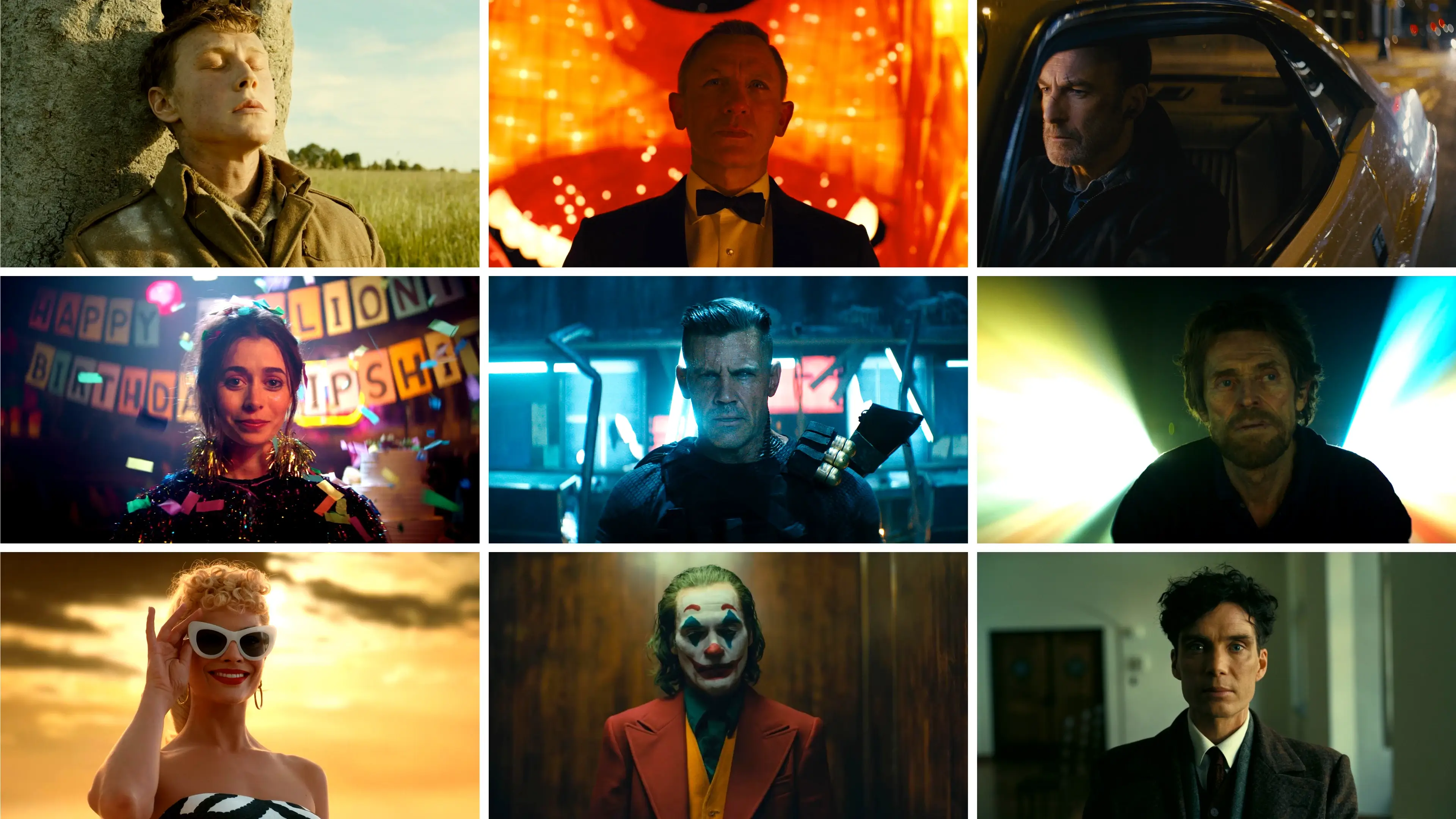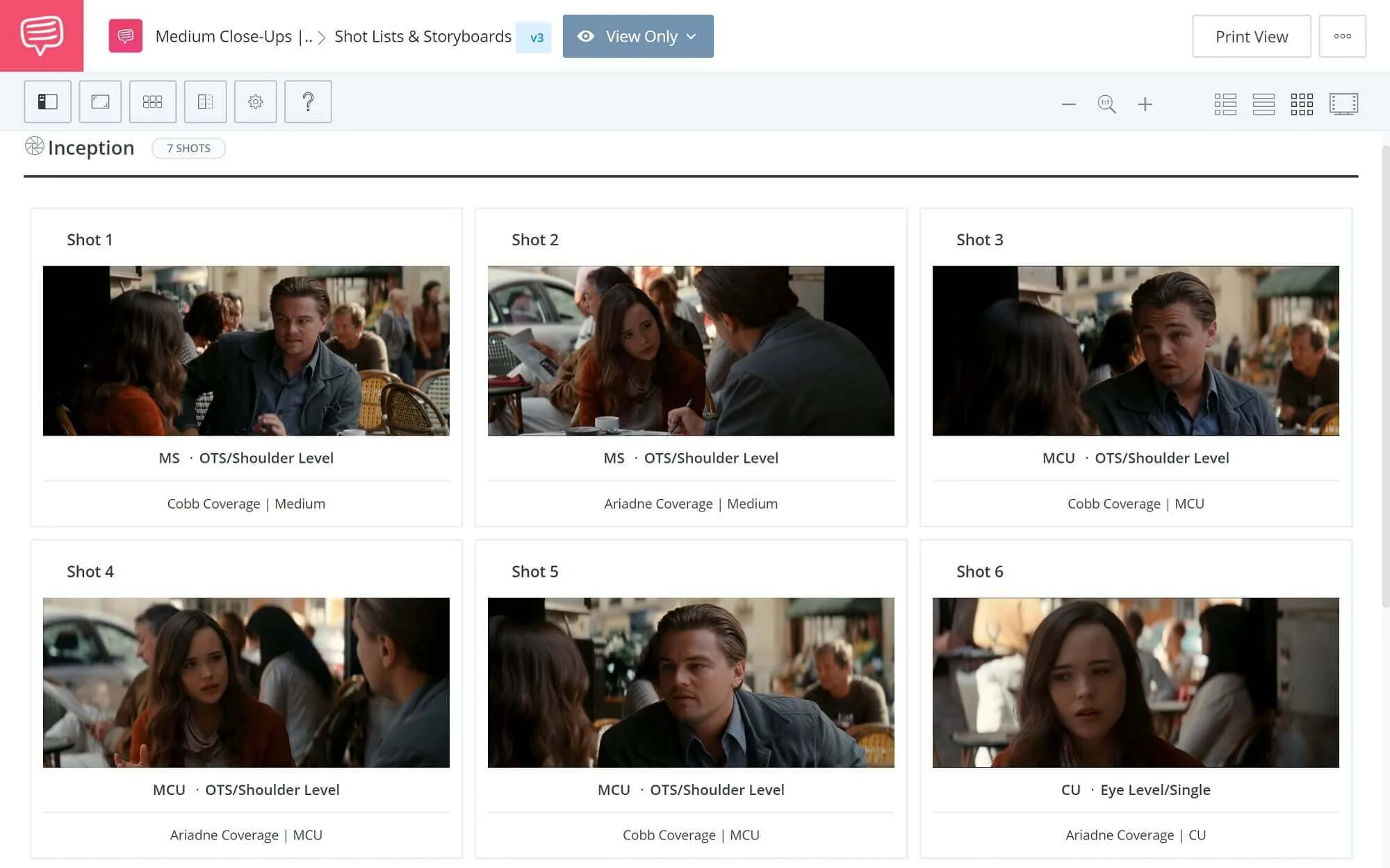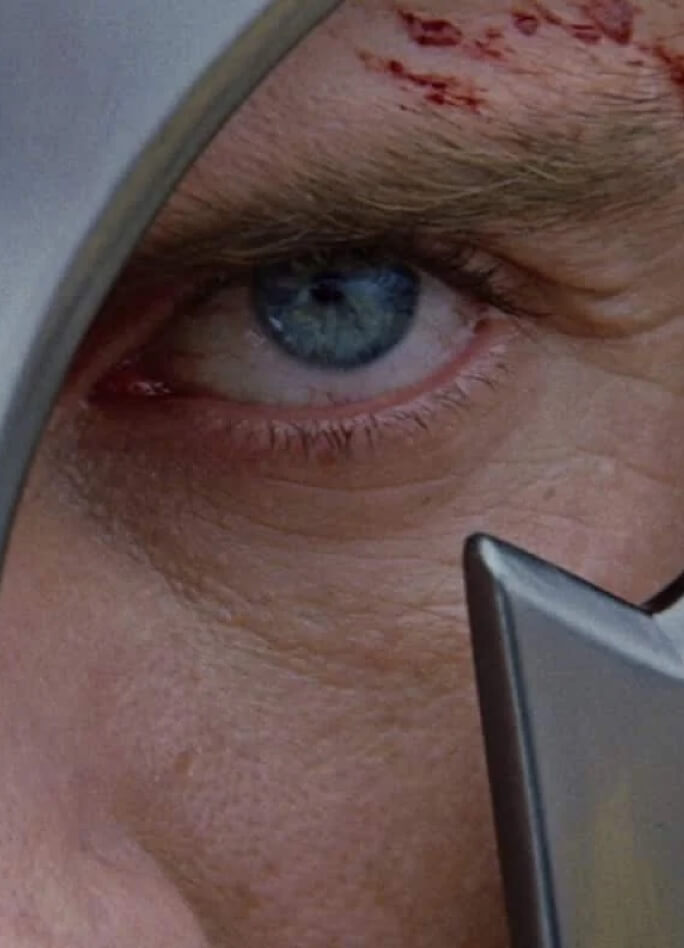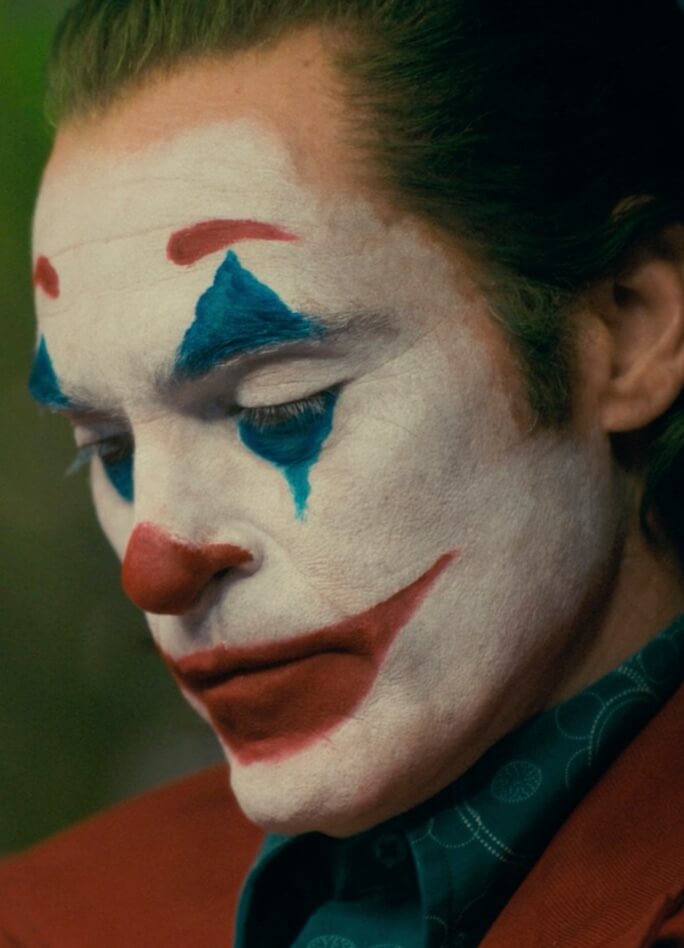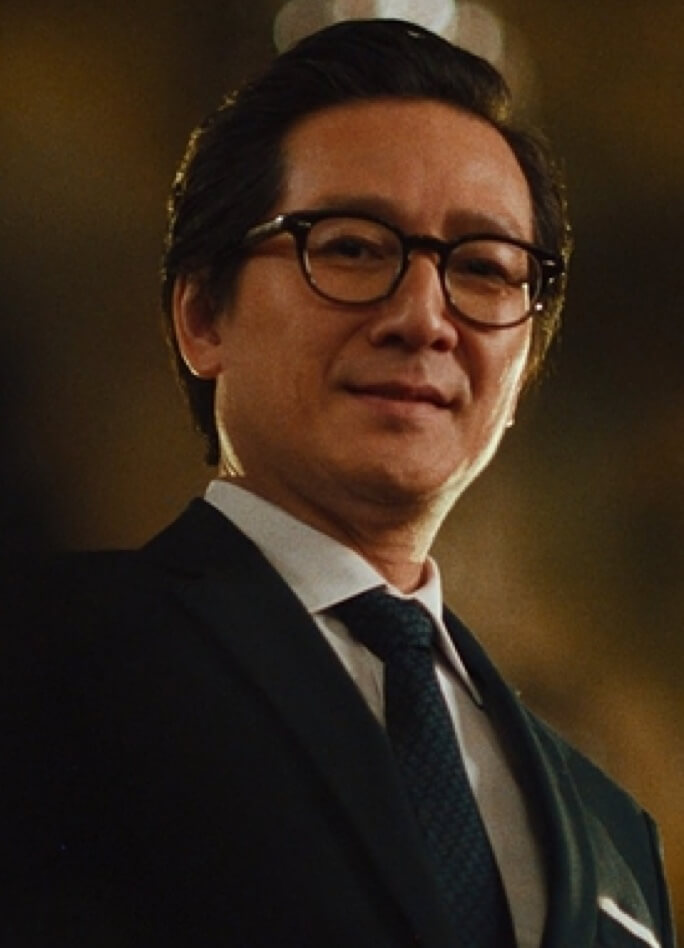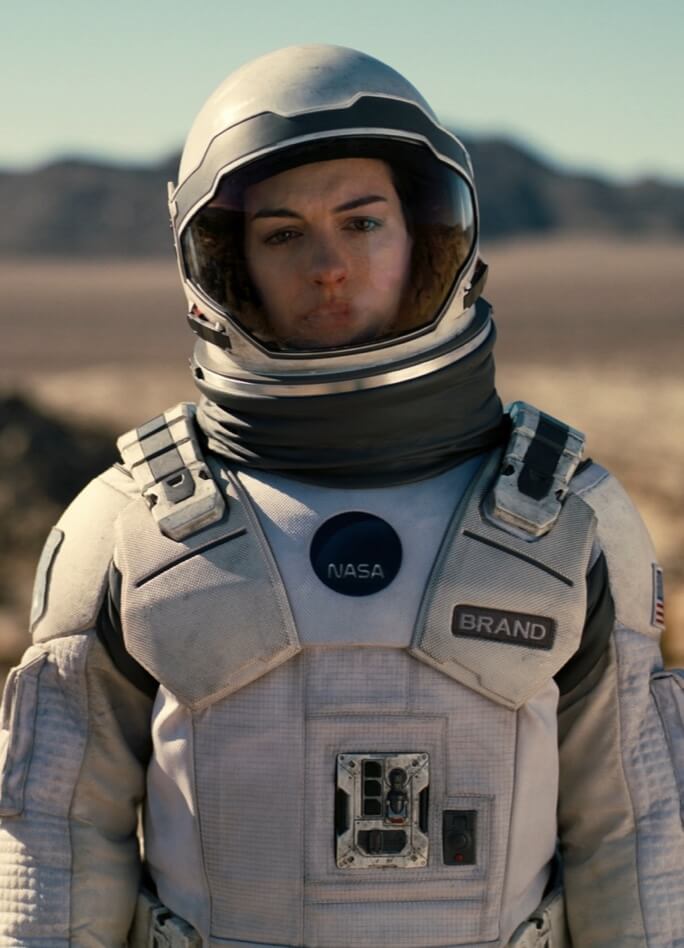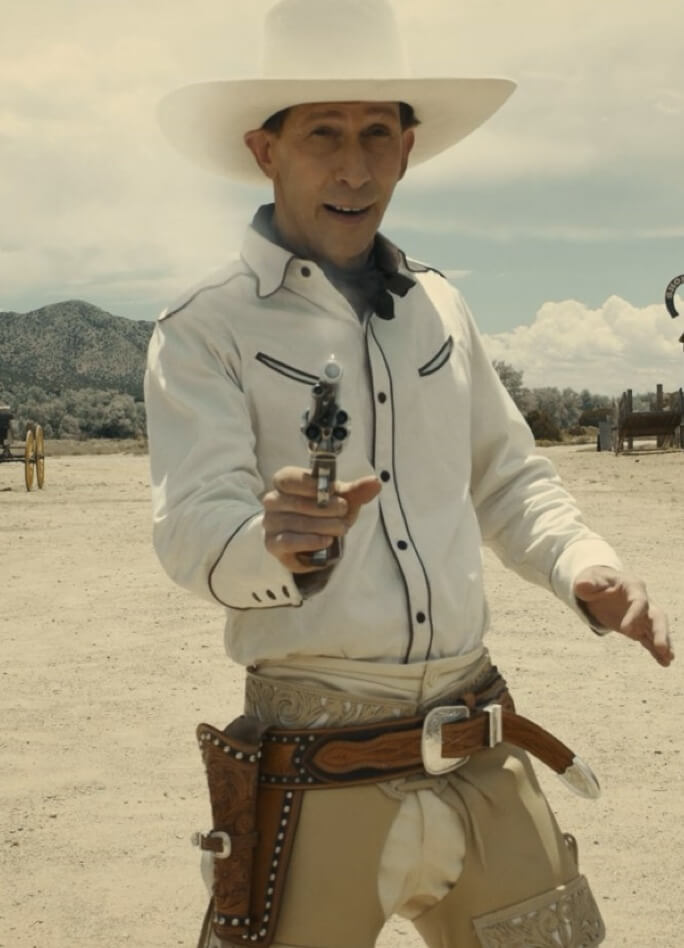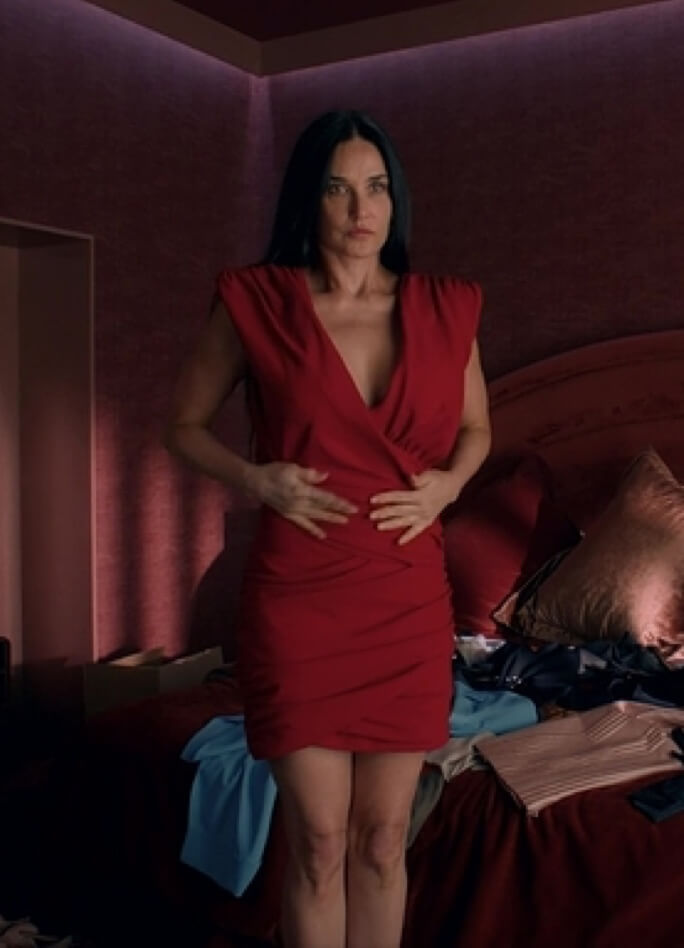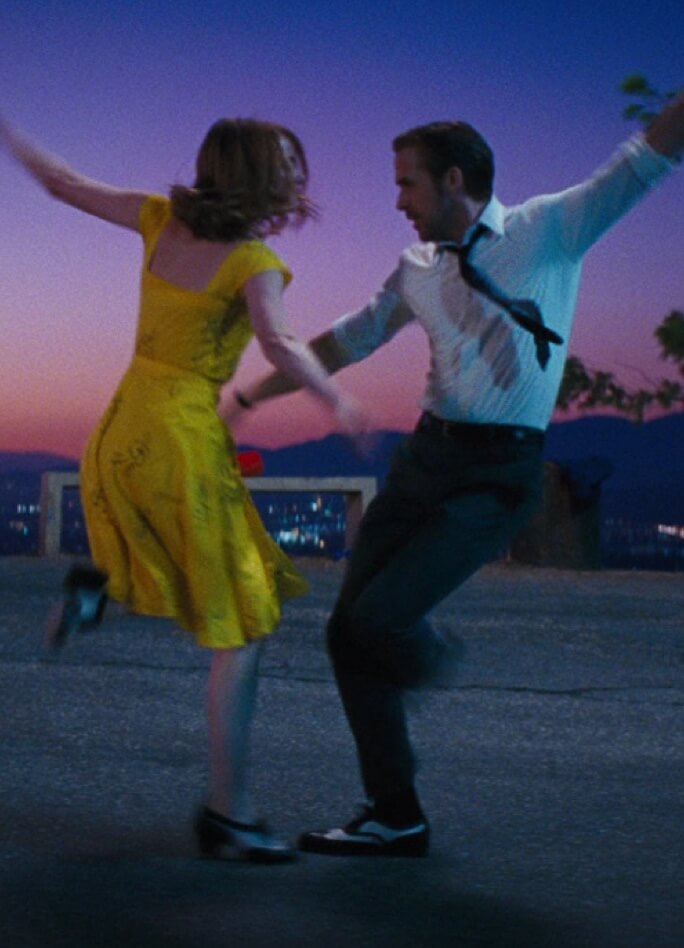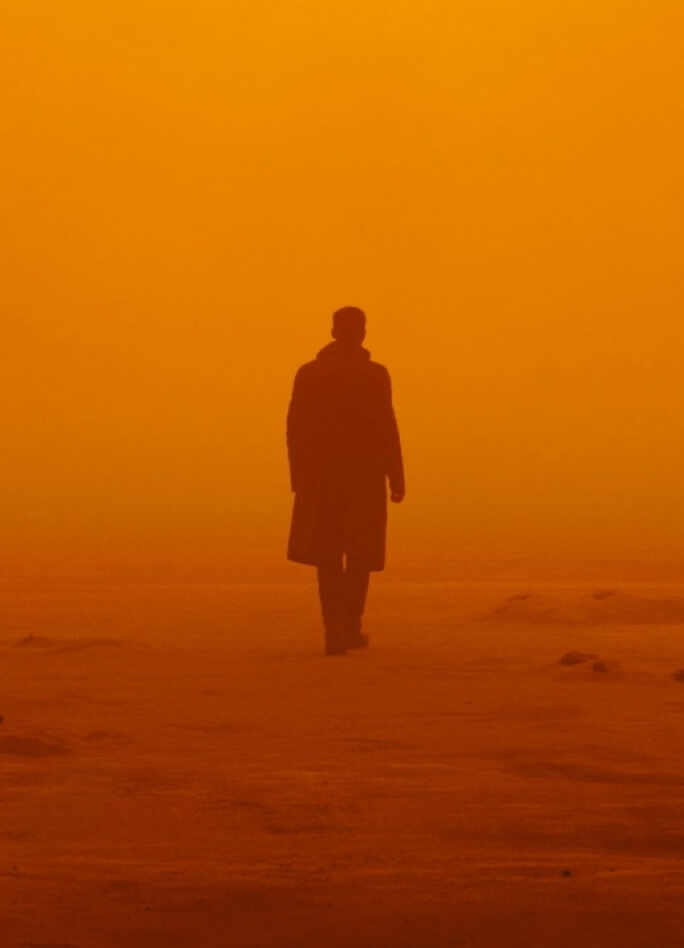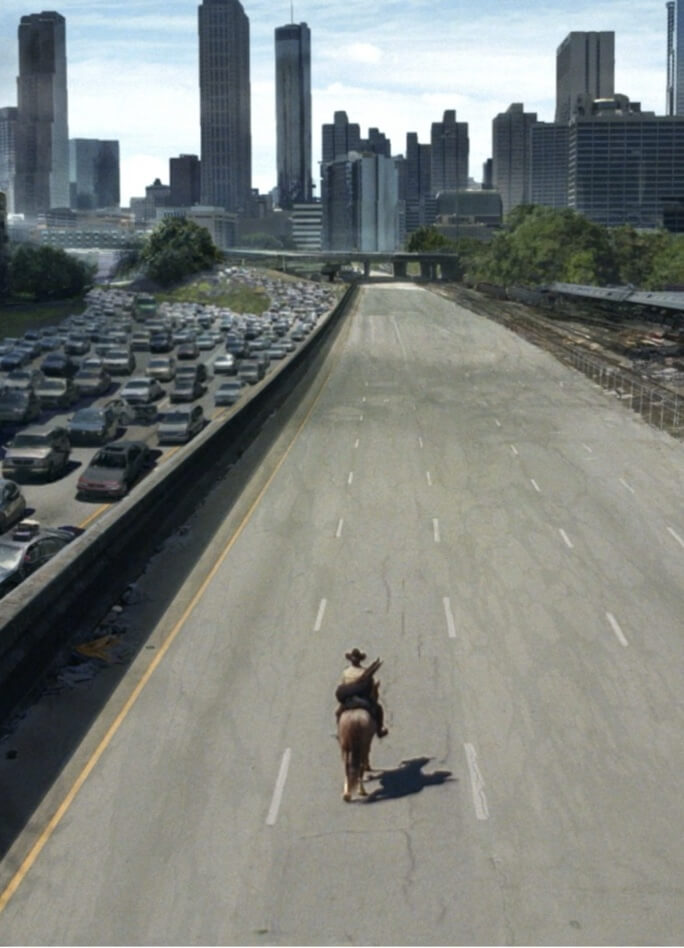Medium close-up shots are a go-to for many directors, but understanding how to use them in the most effective way possible takes some finesse. We’re going to discuss the medium close-up shot and why it’s the preferred option when a close-up or a medium shot just won’t do. Before we get too far, let’s start with our ultimate guide to shot size for a refresher on the various options. Let’s jump in.
Watch: Ultimate Guide to Shot Size
Defining the MCU
Medium close-up basics
Medium close-up shots are just as effective as their more commonly known siblings (the close-up and medium shots) and often used more by directors as well.
Let’s get close…but not too close...to our subject.
MEDIUM CLOSE-UP SHOT DEFINITION
What is a medium close-up shot?
A medium close-up shot (or MCU) is a shot that frames the subject from just above their head down to about midway on their torso. The idea of a medium close-up shot is that you can still easily register the actor's emotions and facial expressions while also retaining some of the background.
A medium close-up is often used when a scene needs to be covered with standard coverage that doesn’t shock the viewer. Often these shots are used when a scene calls for a "neutral" narrative approach.
Why do directors use medium close-up shots?
- To capture the actor's performance
- So the background around the subject is included
- For a "neutral" shot option within standard coverage
Some of the best directors use MCUs for coverage in their scenes, and they do this to conserve cinematic energy.
That’s because when you frame the majority of your scenes in medium close-ups, you keep the effectiveness of a close-up shot untapped.
Then, when you do decide to move in for a close-up, you will get a more potent reaction from the viewer. This allows you to emphasize certain portions of your scene with a simple change in shot size.
Some filmmakers use these shots sparingly, but when they do use them, they do so with strong intention. It's a major part of David Fincher's directing style as the video below shows us.
Frame it like Fincher
Let’s take a look at a few scenes that use medium close-up shots effectively, and analyze why they were used.
Related Posts
MCU Shots
MCU examples in film
Let’s show you some examples of medium close-ups and see if we understand the motivation behind them.
This scene from Inception reminds us that the medium close-ups shot is a major player in Christopher Nolan's shot list. Nolan builds scenes around his gradual camera movement that alters the shot size, and therefore reinforces the changes in his scenes.
Watch this scene, and then we'll see how the shots work in combination. Specifically, notice how Nolan sticks with medium shots and medium close-ups until the big reveal.
Medium Close-Up Shot • Inception
You should identify key moments for your MCUs when breaking down your script, and mark them for the shot list of your scene. You can do all of this with StudioBinder's script breakdown software.
When you create your shot list, you should be able to more accurately determine the moments where a medium close-up will be effective. A reference photo or storyboard will give you a good idea of how it will look. Before we get started, dive into the shot listing feature.
Add medium close-up shots in a StudioBinder shot list
To fully grasp how the various shot sizes work in combination, let's give ourselves a visual aid. We've laid out this scene from Inception to help us understand the medium close-up a little bit more.
Medium Close-ups • View Sample Storyboard
The scene begins in a wide shot, with Ariadne and Cobb sitting at a table surrounded by people. But as Cobb explains the idea of dreams, Nolan pushes in on both characters. As new pieces of information are revealed we get closer and closer:
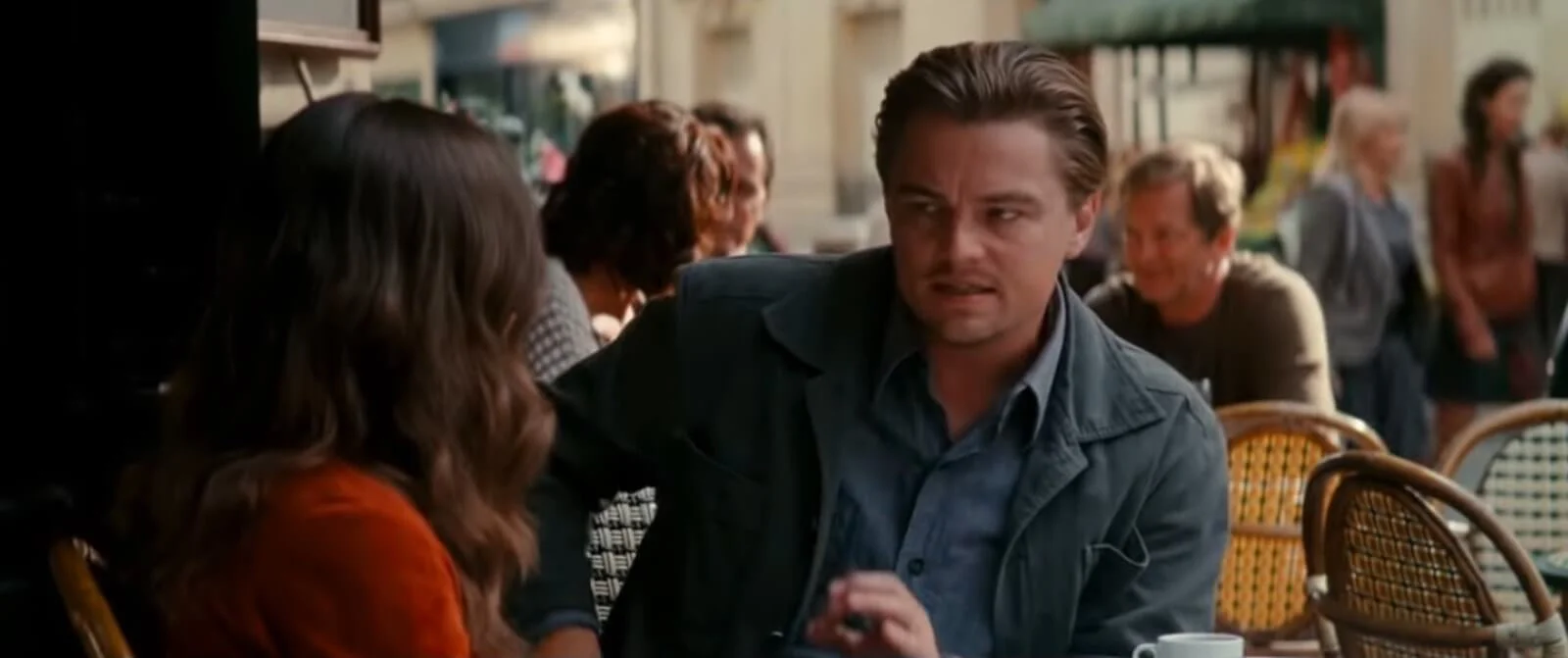
Pushing in on Leo
The shot above is a medium shot, and we get to see the background imagery of what seems to be a lovely brunch in Paris.
And Nolan matches this gradual change in shot size on both sides.
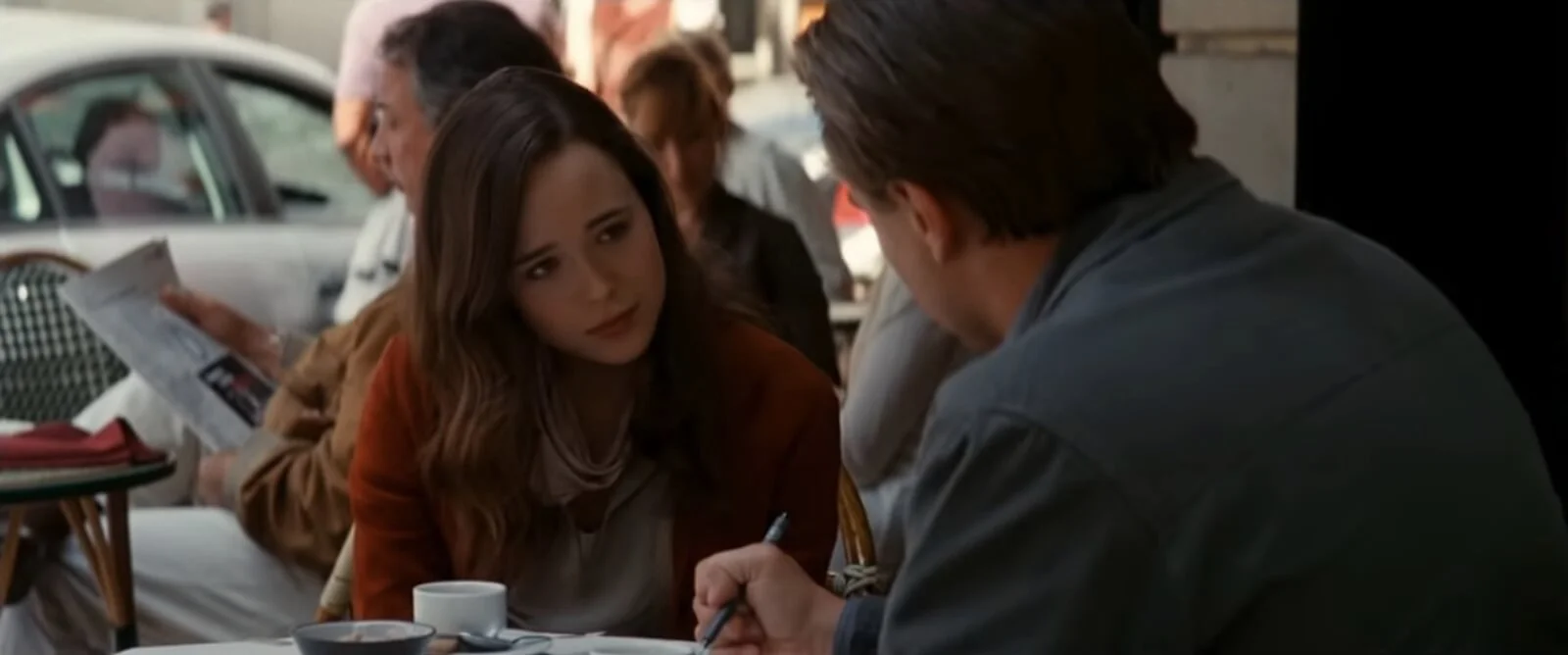
Medium Shot • Inception
Cobb continues the lesson, and because the dialogue is well written and the acting is well done, we are busy paying attention.
When Ariadne begins to question Cobb’s lesson, that’s when the scene goes from being educational to a much more intense place. Then Nolan moves to a medium close-up coverage on each of the actors.
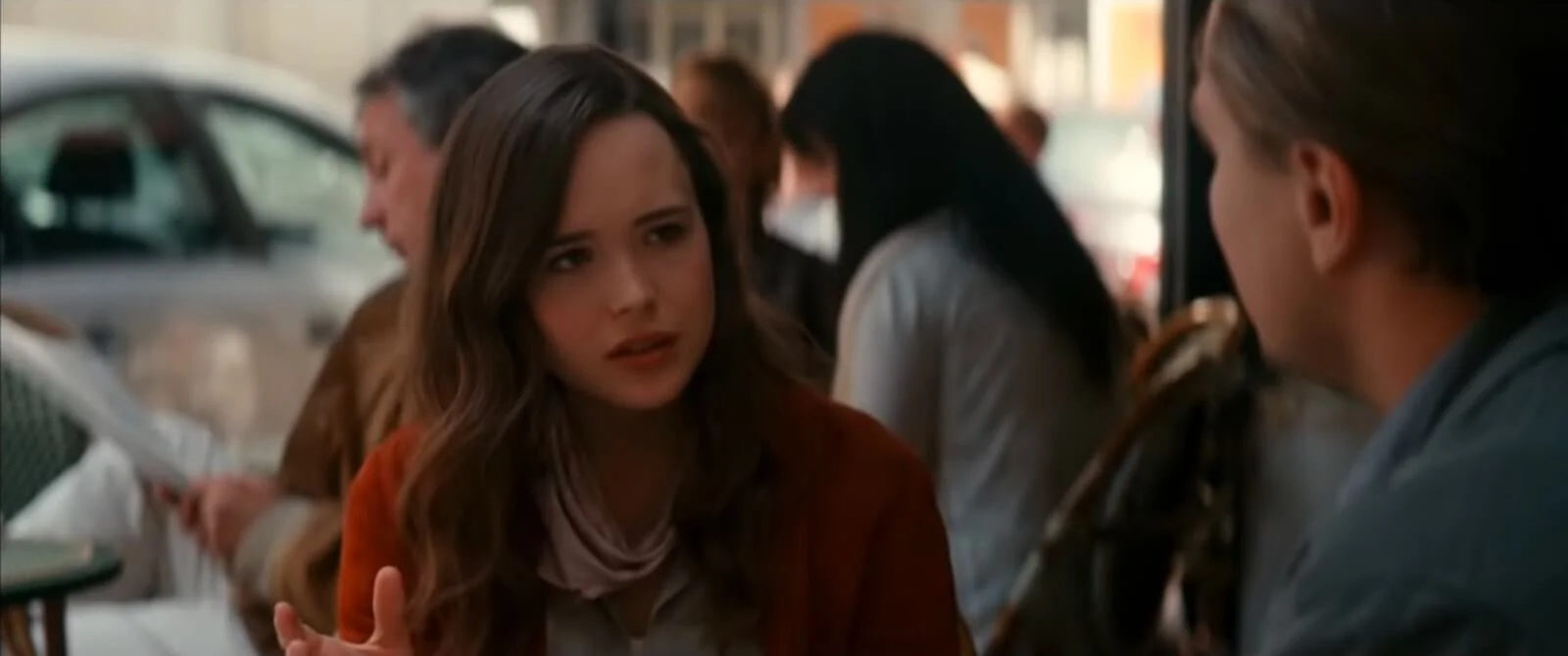
Medium Close-Up Shot • Inception
The scene and dialogue have become much more interesting, but we still have questions and still don’t have that exclamation point attached. And that’s a good thing, because we’d become suspicious at this point if Nolan had gone all the way to a close-up.
An MCU evokes the same feeling in your viewer but with subtlety and finesse. It is micro adjustments like these that keep the construction of the scene invisible to the audience.
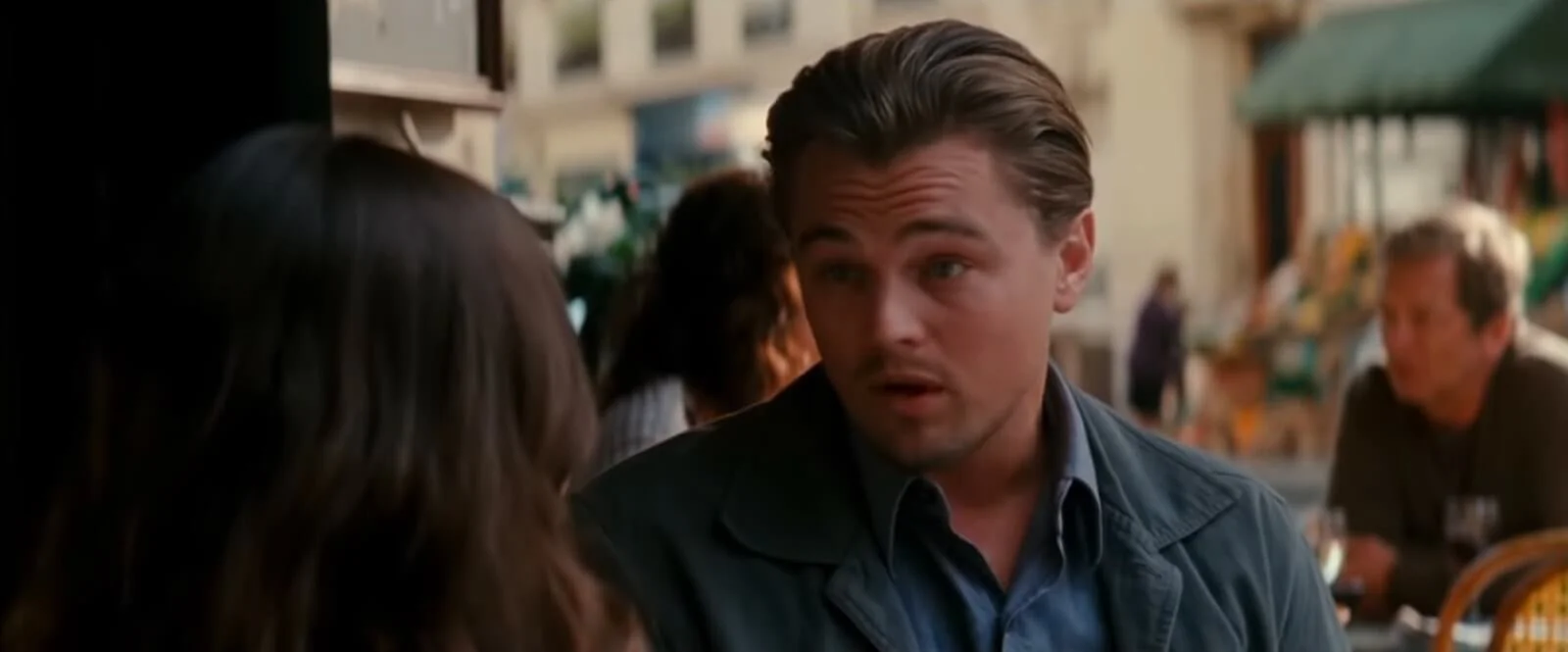
Medium Close-Up Shot Inception
This is patient filmmaking. The conversation becomes even more cryptic and revelations slowly begin to trickle in. Ariadne and the viewer begin to lean in as we receive this new information.
This shot below is still an MCU, because it’s still an over-the-shoulder shot on Cobb. Then he lets the cat out of the bag…
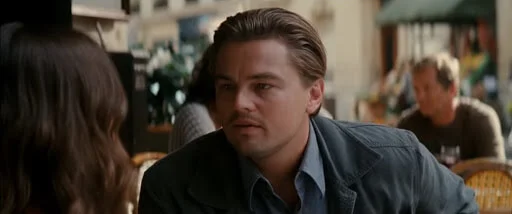
Medium Close Up
That they are actually in a dream at this very moment.
And now, Nolan can safely transition Ariadne and her reaction into a shot size more suitable for this moment — a close-up.
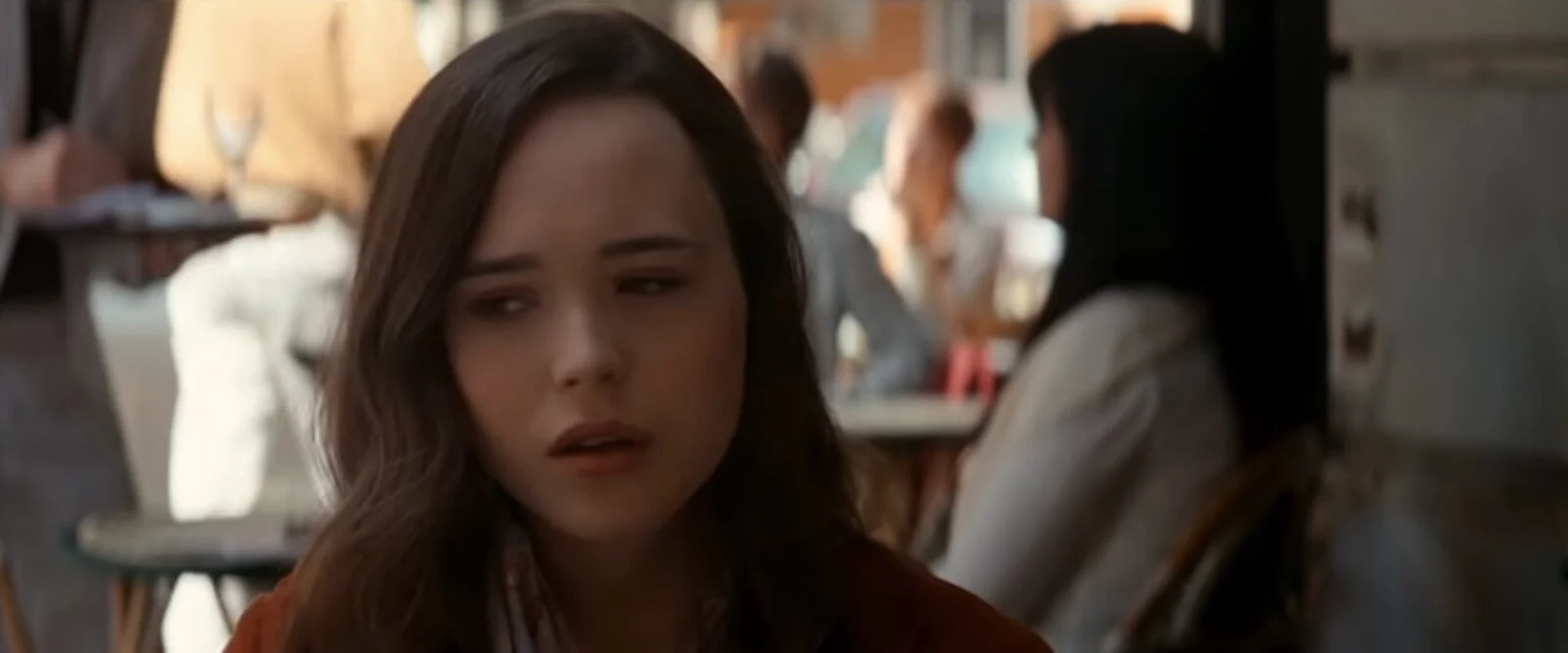
Close-Up Shot
The revelation is supported by the shot size and lack of OTS. It's no longer a conversation between two people, it's the realization of a single character. Hence, our first single of the scene. Now that this entire scenario has been called into question, Ariadne's realization is much more effective when Nolan cuts to this wide shot.
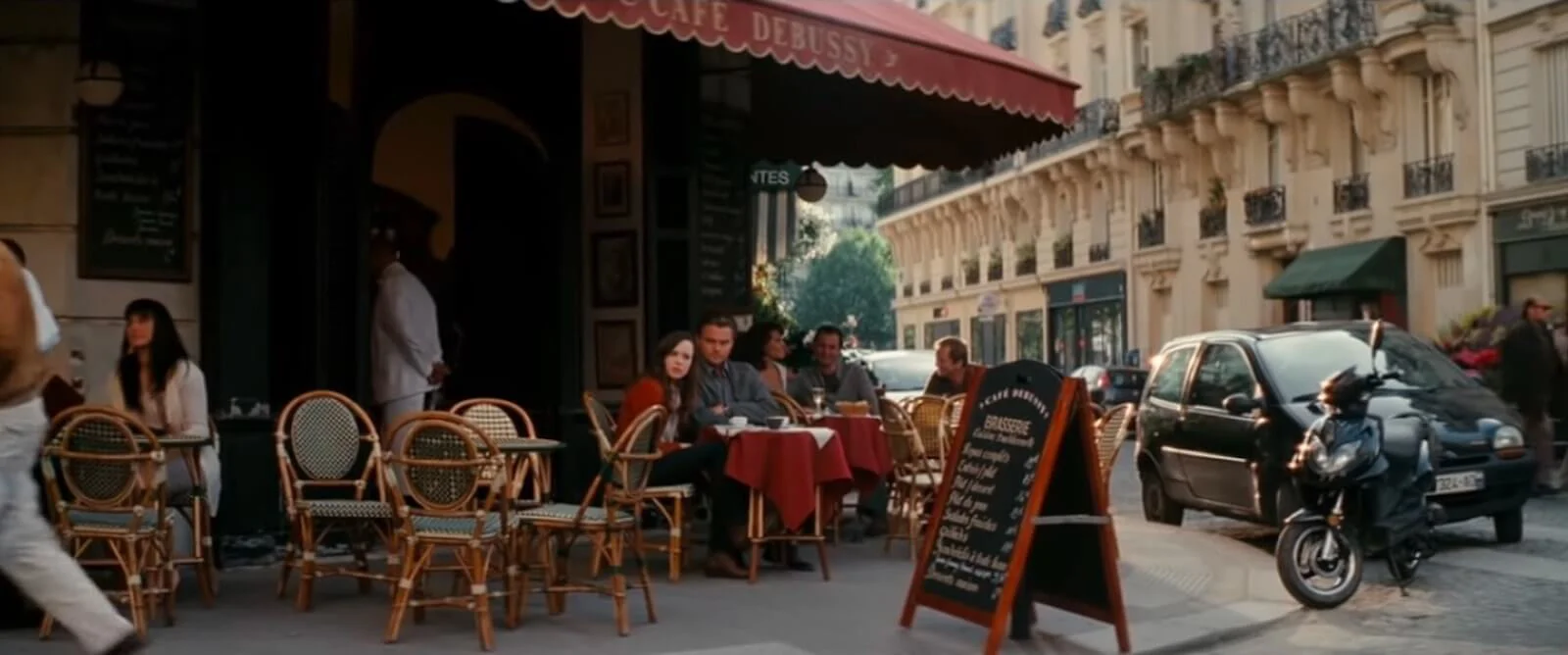
Wide Shot • Inception
Changing to this wide shot from a medium shot or even an MCU is not as effective as changing from the close-up. It’s like a slingshot, gradually pulled in and then snapped out. The viewer is pulled in, and then thrust back out into the new dream world.
That sudden contrast in shot size makes the scene more effective. But the entire scene is less effective without the MCUs in the middle portion of the scene, because if they are absent, it gives the trick away.
Think of MCUs as a buffer zone.
You can also use an MCU to signal trust between two characters, while still retaining a level of skepticism in their relationship. Watch a quick scene from Mission: Impossible that does this well:
Medium Close-Up Shot • Mission: Impossible
This moment in Mission: Impossible shows Ethan and Luther connecting after a tense moment with another team member.
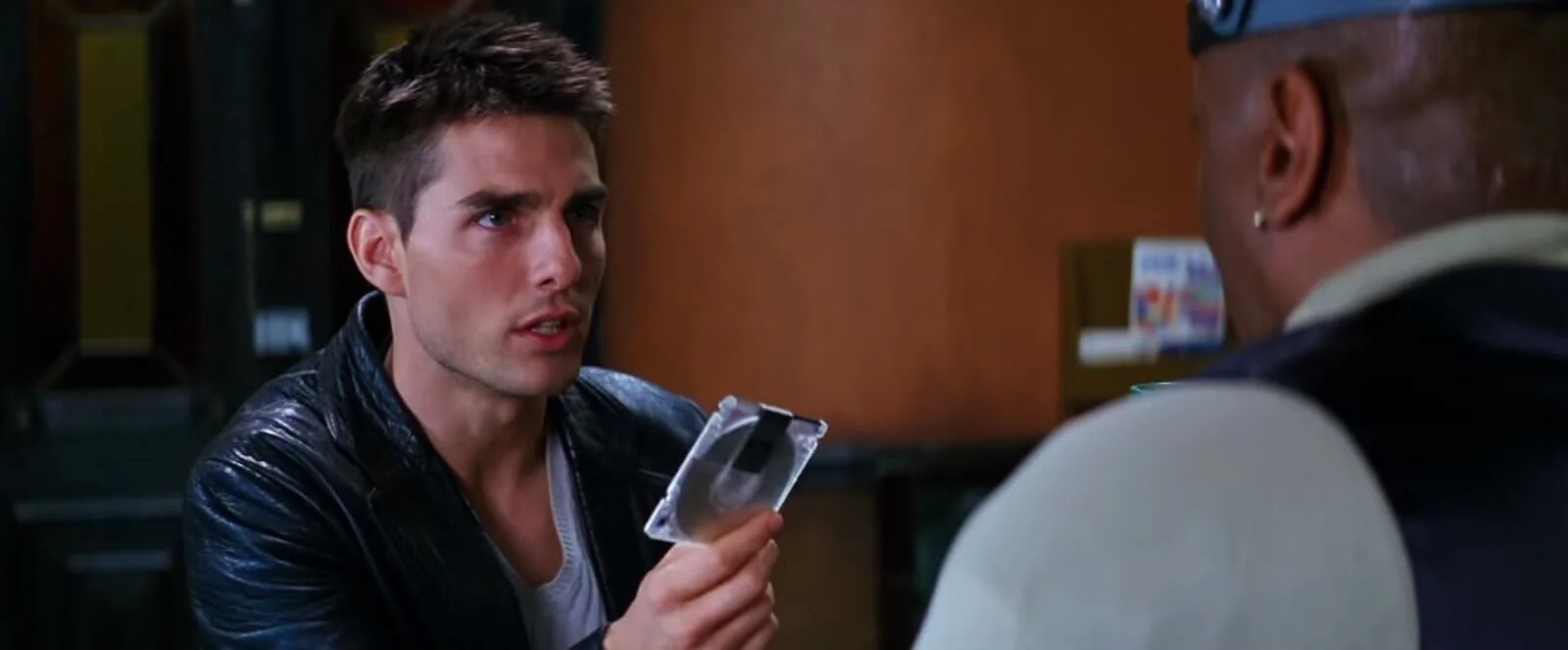
Medium Close-Up Shot
The reverse shot size is slightly bigger, which may suggest that Luther is less convinced by Ethan’s apparent olive branch...
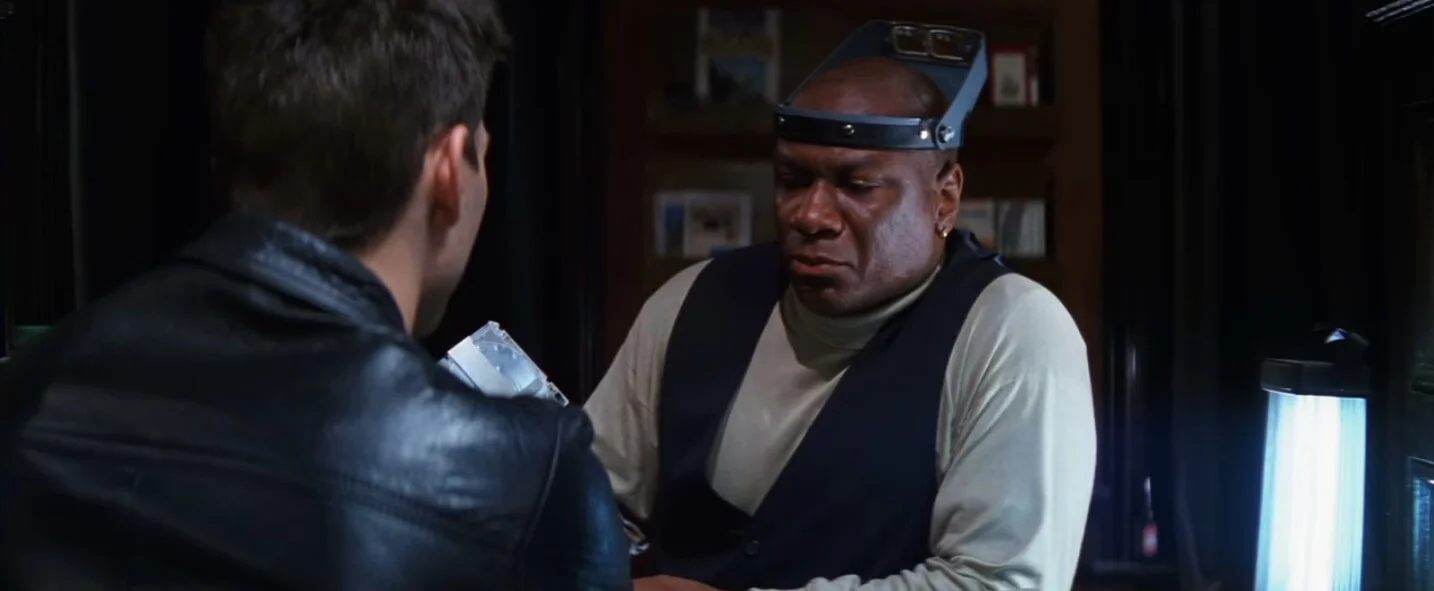
Medium Shot
...but the OTS suggests otherwise, as well as the dialogue and acting in the scene.
How does it make you feel?
If you’re thinking about the effect your shot size has on the viewer, you’re already one step closer to being a better filmmaker. Period.
Test out your medium close-ups. Get closer to your vision with StudioBinder's shot list software.
Related Posts
MCU shots
Documentaries and the MCU
Medium close-up shots are used often in documentary filmmaking and interviews for many of the same reasons they are used in narrative film.
They are often spliced back and forth with close-up shots from a different angle to give you some variety and allow a smoother edit, but there is something trustworthy about an MCU.
The shot size shows facial expressions and emotion, but when it is most useful is when you are relaying important information that shouldn’t register on too high of an emotional level.
When you really need to show a great moment of emotional impact, you will then move into your close-up shots. Here's an example of one of the best documentaries ever made, The King of Kong: A Fistful of Quarters, in its entirety.
As we've seen the MCU is a versatile option in any shot list. It can bridge the gap between medium shot and close-up while retaining the benefits of both. In your next project, consider the medium close-up and how it works in visual storytelling.
Camera Shots
Get Inspired. Explore More Shots.
Master every shot size, and learn how to combine them with angles and movements to take your filmmaking to the next level.
Close Up Shots
Medium Shots
Wide Shots
Up Next
The power of the close-up
Now you understand how and when you can use a medium close-up shot to generate a number of different emotions. While the MCU has its own storytelling value, they can also set the viewer up for the most "emotional" shot size: the close-up. Let's continue our breakdown of shot sizes and how they work with a focus on our main source of body language: the human face. Are you ready for your close-up?
Up Next: Close-up shots →
Showcase your vision with elegant shot lists and storyboards.
Create robust and customizable shot lists. Upload images to make storyboards and slideshows.
